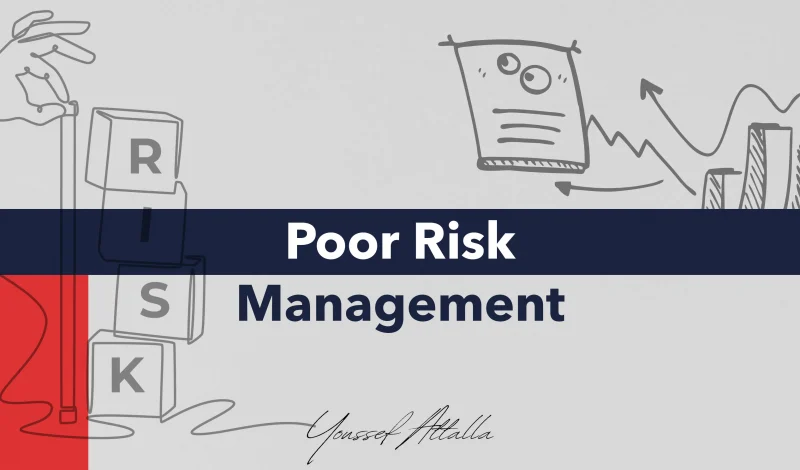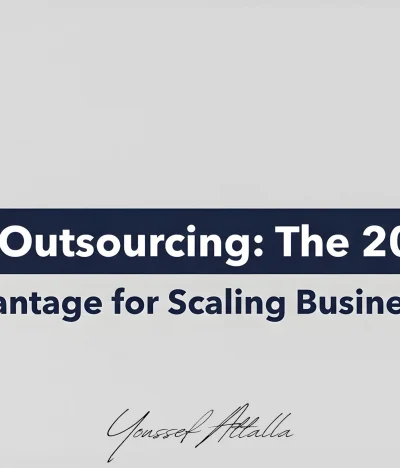Running a business is filled with opportunities, but also risks. From financial losses to reputational damage, one overlooked mistake can create long-lasting consequences.
Risk management is not just about preventing problems, it’s about ensuring your company thrives in uncertain times. Yet many businesses underestimate its importance, and that neglect comes with hidden costs.
In this article, we’ll explore those hidden costs, why a risk assessment framework is critical, and how adopting a clear risk management process can safeguard your business from unnecessary setbacks.
Why Risk Management Matters More Than Ever
Every organization, regardless of size, faces challenges that can disrupt operations. Market volatility, cyber threats, compliance changes, and even internal inefficiencies all carry risk.
Without a structured risk management approach, businesses leave themselves vulnerable to consequences that go beyond immediate financial loss.
Proper planning ensures not only survival but also sustainable growth. By proactively identifying risks, companies can build resilience and position themselves to capitalize on opportunities competitors may miss.
The Hidden Costs of Poor Risk Management
The real cost of neglecting risk management often goes unnoticed until it’s too late. Let’s break down the key areas where businesses silently lose money, credibility, and future potential.
1. Financial Instability
The most obvious consequence is monetary loss. Without a sound risk assessment framework, businesses can face unexpected expenses such as lawsuits, fines, or regulatory penalties.
Insurance may cover some of these, but the indirect financial burden—like higher premiums or decreased investor trust—can cripple growth.
2. Reputational Damage
In today’s digital world, reputation is everything. Poorly managed risks, whether data breaches or failed projects, can erode public trust overnight. Rebuilding reputation requires significant investment in marketing, PR, and customer recovery, costs that could have been avoided with a solid risk management process.
3. Operational Disruptions
Unexpected crises disrupt workflows, halt production, and delay projects. This not only reduces efficiency but also demoralizes employees. A proactive risk management strategy minimizes downtime and keeps operations running smoothly.
4. Legal and Compliance Issues
Failure to comply with industry regulations often results in costly lawsuits and penalties. More importantly, it can lead to long-term restrictions on business operations. Embedding a risk assessment framework into compliance checks ensures your business stays aligned with the law.
5. Lost Opportunities
When a company is constantly putting out fires, it lacks the focus to seize growth opportunities. Poor risk management drains resources that could otherwise fund innovation, partnerships, and market expansion.
Building a Strong Risk Assessment Framework
Avoiding these hidden costs starts with a reliable risk assessment framework. This tool helps businesses systematically identify, evaluate, and prioritize risks. Key steps include:
- Identifying Risks: Spotting potential internal and external threats before they escalate.
- Analyzing Impact: Measuring both the likelihood and potential damage of each risk.
- Prioritizing Risks: Allocating resources where risks pose the greatest threat.
- Developing Controls: Establishing safeguards such as policies, training, and monitoring systems.
By using a structured risk assessment framework, businesses can transform risks from uncertainties into manageable challenges.
The Risk Management Process: Step by Step
Having a framework is one part of the equation; applying it through a systematic risk management process ensures consistent results. This process generally follows these steps:
1. Risk Identification
Capture all possible risks, financial, operational, strategic, and reputational.
2. Risk Analysis
Evaluate how likely each risk is to occur and its potential impact on the business.
3. Risk Control
Decide how to handle each risk, avoid, mitigate, transfer, or accept.
4. Implementation
Put in place policies, safeguards, and training to minimize risk impact.
5. Monitoring and Review
Regularly review the risk management process to adapt to new threats and opportunities.
When consistently applied, this cycle strengthens resilience and ensures your business remains competitive even in uncertain conditions.
How to Avoid the Pitfalls of Poor Risk Management
Avoiding hidden costs means being proactive, not reactive. Here are three ways businesses can get ahead:
- Invest in Risk Education: Ensure that employees at all levels understand how their actions affect the company’s risk exposure.
- Leverage Technology: Tools such as risk monitoring software make tracking risks easier and more accurate.
- Work with Experts: A trusted business consultant can provide insights into building a tailored risk assessment framework and implementing an effective risk management process.
Conclusion: Turning Risk into an Advantage
Poor risk management is expensive—not just in money, but in reputation, operations, and opportunities. By adopting a strong risk assessment framework and applying a disciplined risk management process, businesses can avoid hidden costs and position themselves for long-term success.
If you’re unsure where to start, the perfect business consultant to guide you through this journey is Youssef Attalla. With his expertise, you can strengthen your strategy, reduce risks, and unlock sustainable growth.
Contact us today to start building a safer, smarter future for your business.





